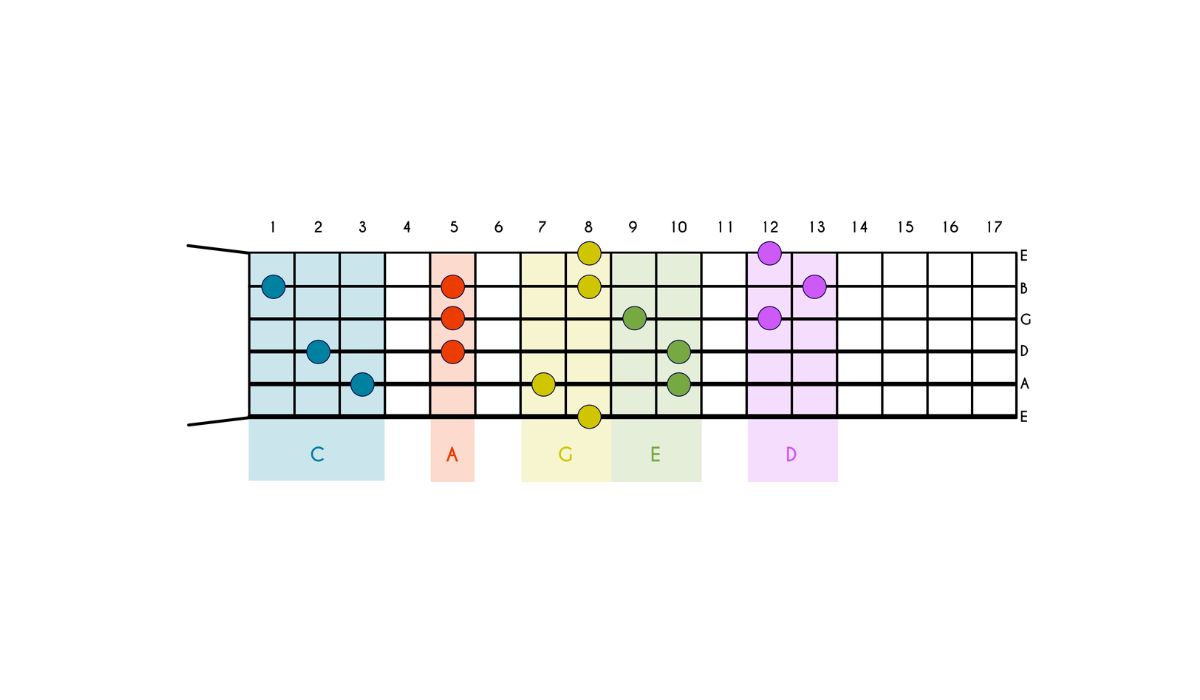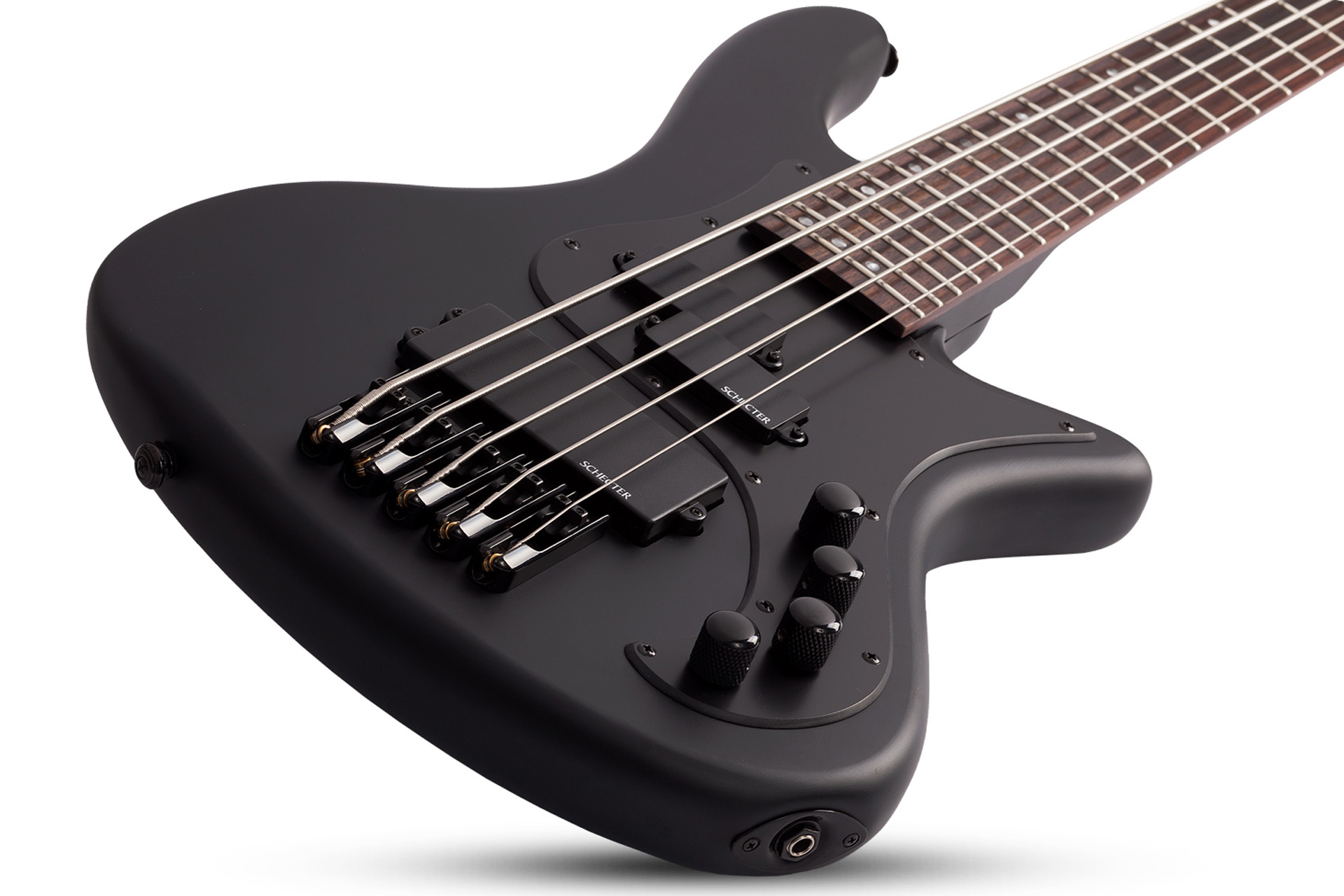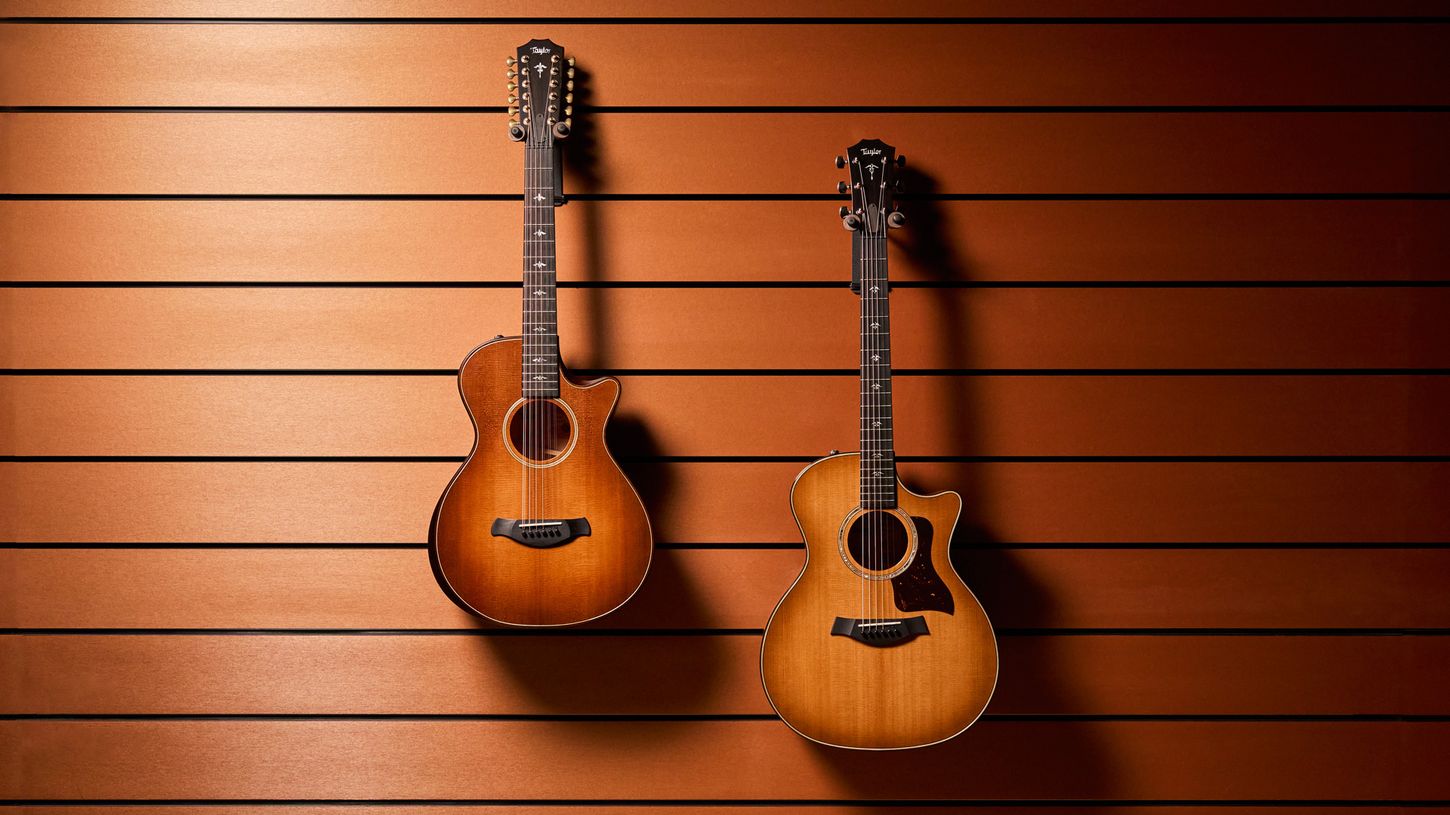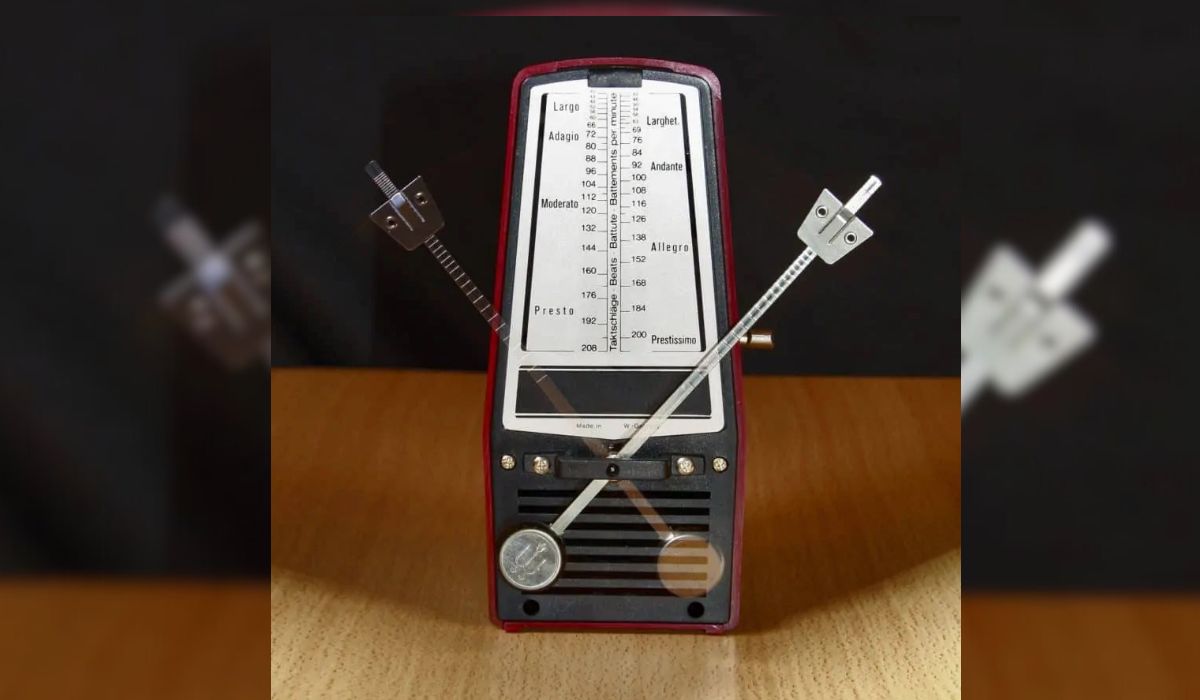Home>Instruments>Guitar>How Many Scales Are There On The Guitar


Guitar
How Many Scales Are There On The Guitar
Published: February 12, 2024
Discover the variety of scales available on the guitar and learn how to master them with expert tips and techniques. Enhance your guitar playing skills today!
(Many of the links in this article redirect to a specific reviewed product. Your purchase of these products through affiliate links helps to generate commission for AudioLover.com, at no extra cost. Learn more)
Table of Contents
Introduction
When it comes to mastering the art of playing the guitar, understanding scales is essential. Scales form the foundation of melodies, solos, and improvisation, making them a crucial aspect of a guitarist’s skill set. By delving into the intricate world of guitar scales, musicians can unlock a universe of musical possibilities, allowing them to express themselves with creativity and finesse.
Exploring the diverse array of scales available on the guitar not only broadens a guitarist’s musical repertoire but also deepens their understanding of music theory. From the melodious sequences of major scales to the soulful nuances of blues scales, each type of scale offers its own unique flavor and character, providing a rich tapestry of sounds to captivate both the player and the audience.
As we embark on this journey through the realm of guitar scales, we will unravel the intricacies of major scales, minor scales, pentatonic scales, blues scales, and modes. By delving into the distinct characteristics of each scale type, you will gain a comprehensive understanding of how to incorporate them into your playing, allowing you to infuse your music with depth, emotion, and technical prowess.
Whether you’re a beginner seeking to grasp the fundamentals of scales or an experienced guitarist looking to expand your musical horizons, this exploration of guitar scales will equip you with the knowledge and inspiration to elevate your playing to new heights. So, grab your guitar, tune the strings, and let’s embark on a harmonious odyssey through the captivating world of guitar scales.
The Basics of Guitar Scales
Before diving into the specifics of individual scale types, it’s crucial to grasp the fundamental principles that underpin guitar scales. At its core, a scale is a sequence of musical notes arranged in ascending or descending order, spanning an octave or more. These notes are selected based on a specific formula of intervals, which determines the unique sound and character of the scale.
On the guitar, scales are typically played across multiple strings and frets, with each scale pattern offering a distinct finger placement on the fretboard. Understanding scale patterns and their corresponding fingerings is essential for fluid and efficient playing, enabling guitarists to navigate the fretboard with confidence and precision.
Furthermore, scales are often categorized based on their tonality, with major and minor scales serving as the foundational pillars of musical composition. Major scales exude a bright, uplifting quality, evoking feelings of joy and optimism, while minor scales convey a more somber, introspective mood, lending themselves to expressive and emotive melodies.
Mastering the basics of guitar scales involves familiarizing oneself with the concept of scale degrees, which are the individual notes within a scale relative to the tonic or root note. This knowledge empowers guitarists to construct harmonious melodies, craft captivating solos, and improvise with fluency and melodic ingenuity.
As we venture deeper into the realm of guitar scales, these foundational principles will serve as our guiding light, illuminating the path to a comprehensive understanding of the diverse scale types that enrich the musical landscape of the guitar.
Major Scales
The major scale is a cornerstone of music theory and a fundamental component of the guitarist’s toolkit. Comprising seven distinct notes, the major scale follows a specific sequence of intervals, resulting in its characteristic sound. The formula for a major scale follows the pattern of whole steps and half steps, which, when applied to the guitar fretboard, generates the iconic and uplifting sound associated with major keys.
One of the most recognizable major scale patterns on the guitar is the open position C major scale, which serves as an excellent starting point for beginners. As guitarists progress, they learn to play major scales in various positions and keys, unlocking the versatility and melodic richness that major scales offer.
Major scales are integral to the creation of bright, cheerful melodies and are frequently employed in a wide range of musical genres, from pop and rock to jazz and classical compositions. Understanding the structure and tonal characteristics of major scales equips guitarists with the ability to craft captivating melodies, construct harmonies, and improvise with melodic fluency.
Moreover, major scales serve as the foundation for understanding chord construction, as the harmonized chords within a major key are derived from the notes of the corresponding major scale. This interconnected relationship between scales and chords underscores the significance of major scales in the guitarist’s musical journey.
By mastering major scales, guitarists gain a profound insight into the essence of tonality and musical expression. The ability to fluidly navigate major scale patterns across the fretboard empowers players to infuse their music with a sense of optimism and vibrancy, laying the groundwork for melodious compositions and captivating improvisations.
Minor Scales
Minor scales exude a sense of introspection and emotional depth, offering a contrasting tonal palette to their major counterparts. Understanding the nuances of minor scales is essential for guitarists seeking to convey melancholic moods, evoke intense emotions, and imbue their music with a captivating sense of drama.
One of the most prevalent minor scales is the natural minor scale, which follows a specific sequence of intervals and is characterized by its haunting and evocative sound. Guitarists often begin their exploration of minor scales by mastering the natural minor scale patterns, which can be transposed to various positions and keys across the fretboard.
In addition to the natural minor scale, guitarists delve into the harmonic minor and melodic minor scales, each offering distinct variations in their interval structure and tonal flavor. The harmonic minor scale, with its raised seventh degree, introduces a touch of exoticism and tension, adding a compelling edge to melodic phrases and solos. On the other hand, the melodic minor scale exhibits a unique ascending and descending pattern, contributing to its expressive and versatile nature.
Minor scales play a pivotal role in a myriad of musical genres, from classical compositions and jazz standards to metal and blues. Their emotive quality and ability to convey profound sentiments make them indispensable tools for crafting soul-stirring melodies, intricate improvisations, and captivating harmonic progressions.
Furthermore, the relationship between minor scales and minor chords forms the bedrock of minor key tonality, enabling guitarists to construct poignant chord progressions that resonate with depth and emotion. Mastery of minor scales empowers musicians to explore the rich tapestry of minor keys, unlocking a world of musical expression and creativity.
By immersing themselves in the captivating realm of minor scales, guitarists harness the power of emotive storytelling, infusing their music with a poignant allure that resonates deeply with listeners.
Pentatonic Scales
Pentatonic scales hold a revered status in the world of guitar playing, revered for their versatility, melodic allure, and universal applicability across a myriad of musical genres. Comprised of five essential notes, the pentatonic scale offers a streamlined yet expressive foundation for crafting soulful solos, captivating riffs, and evocative melodies.
One of the most widely utilized pentatonic scales on the guitar is the minor pentatonic scale, renowned for its emotive and bluesy character. Guitarists often begin their pentatonic journey by mastering the minor pentatonic scale patterns, which can be seamlessly integrated into rock, blues, jazz, and beyond, serving as a potent vehicle for emotive expression and improvisation.
In addition to the minor pentatonic scale, the major pentatonic scale embodies a brighter, uplifting quality, lending itself to joyous and melodious musical phrases. The inherent versatility of pentatonic scales lies in their ability to transcend stylistic boundaries, making them indispensable tools for crafting memorable guitar solos and captivating audiences with their melodic resonance.
Furthermore, the pentatonic scale’s symmetrical structure and finger-friendly patterns on the guitar fretboard make it an accessible and rewarding choice for guitarists at all levels of proficiency. Its intuitive layout facilitates fluid and expressive playing, empowering musicians to explore the boundless potential of the pentatonic scale with ease and creativity.
Whether employed as the foundation for scintillating improvisations, the building blocks of memorable guitar licks, or the cornerstone of emotive ballads, pentatonic scales serve as a wellspring of inspiration and musicality for guitarists across the globe. Their timeless appeal and melodic richness ensure that pentatonic scales will continue to captivate and enthrall both players and listeners alike, perpetuating their legacy as indispensable components of the guitarist’s sonic arsenal.
Blues Scales
Steeped in the raw emotion and expressive fervor of the blues genre, blues scales stand as a testament to the evocative power of music. Characterized by their soulful and poignant essence, blues scales serve as the lifeblood of blues guitar playing, infusing melodies with a visceral intensity and captivating audiences with their emotive resonance.
One of the most prominent blues scales is the blues minor scale, a quintessential component of blues music that encapsulates the genre’s signature melancholic and impassioned sound. Guitarists often delve into the intricacies of blues minor scale patterns, internalizing the scale’s soul-stirring intervals and distinctive phrasing to imbue their playing with the authentic spirit of the blues.
Furthermore, the blues major scale, with its expressive bends, slides, and emotive inflections, embodies the exuberant and vibrant side of blues music, offering a compelling contrast to the introspective allure of its minor counterpart. Mastery of blues major scale patterns empowers guitarists to channel the jubilant energy and infectious groove that define the upbeat facets of blues guitar playing.
Blues scales serve as a conduit for unbridled self-expression, allowing guitarists to articulate their deepest emotions and narratives through the language of music. The evocative nature of blues scales transcends technical proficiency, emphasizing the importance of phrasing, dynamics, and soulful delivery in capturing the essence of the blues.
Moreover, the blues scale’s seamless integration of expressive techniques, such as vibrato, bends, and slides, adds a layer of authenticity and personality to a guitarist’s playing, fostering a deep connection with the listener and evoking a visceral response that resonates on a profound level.
By immersing themselves in the emotive tapestry of blues scales, guitarists embark on a transformative journey, delving into the heart and soul of the blues genre while honing their ability to convey profound emotions and narratives through their instrument. The timeless allure and emotional depth of blues scales ensure their enduring significance in the realm of guitar playing, perpetuating their legacy as a cornerstone of blues music and a source of boundless inspiration for generations of musicians.
Modes
Delving into the realm of modes unveils a captivating tapestry of tonal colors and harmonic possibilities, offering guitarists a rich palette for musical exploration and expression. Derived from the major scale, modes are unique scale patterns, each possessing its own distinct sound and character, providing a diverse array of tonal flavors to enrich compositions, improvisations, and musical arrangements.
One of the most prevalent modes is the Ionian mode, which mirrors the structure of the major scale, exuding a bright and uplifting quality reminiscent of joyful exuberance. Guitarists often familiarize themselves with the Ionian mode as a foundational step in understanding the modal landscape, harnessing its melodious essence to infuse compositions with a sense of optimism and vitality.
Conversely, the Aeolian mode, also known as the natural minor scale, embodies a pensive and introspective mood, evoking feelings of melancholy and emotional depth. Mastery of the Aeolian mode empowers guitarists to craft soul-stirring melodies and emotive solos, tapping into its evocative nature to convey profound narratives through music.
Exploring the harmonic richness of modes extends to the enigmatic allure of the Dorian mode, characterized by its enigmatic and expressive quality, as well as the Phrygian mode, which infuses compositions with a touch of exoticism and tension. These modes, along with the Lydian, Mixolydian, and Locrian modes, each offer a unique sonic identity, expanding the guitarist’s sonic vocabulary and creative potential.
Understanding modes equips guitarists with a nuanced understanding of tonality, enabling them to navigate a spectrum of moods and atmospheres within their musical endeavors. By integrating modal concepts into their playing, musicians can imbue their compositions with depth, sophistication, and a captivating sense of harmonic diversity.
Moreover, the interplay of modes with chord progressions and harmonic structures enriches the musical landscape, offering a tapestry of tonal hues and expressive possibilities. Mastery of modes empowers guitarists to sculpt captivating musical journeys, infusing their playing with a kaleidoscope of tonal colors and emotive resonance.
As guitarists embark on a voyage through the enchanting realm of modes, they unlock a boundless realm of creative potential, enriching their musical narratives with the evocative allure of modal harmony and expanding their capacity for expressive storytelling through the language of music.
Conclusion
Embarking on a journey through the intricate world of guitar scales unveils a profound tapestry of musical expression, creativity, and technical finesse. From the foundational pillars of major and minor scales to the evocative allure of pentatonic scales, blues scales, and modes, guitarists are presented with a diverse array of sonic palettes to enrich their playing and compositions.
Understanding and mastering guitar scales not only equips musicians with the technical proficiency to navigate the fretboard with fluency and precision but also empowers them to infuse their music with depth, emotion, and harmonic sophistication. The melodic richness of major scales, the emotive allure of minor scales, the timeless appeal of pentatonic scales, and the evocative power of blues scales converge to form a comprehensive toolkit for artistic expression and musical storytelling.
Moreover, the exploration of modes unveils a captivating realm of tonal colors and harmonic possibilities, expanding the guitarist’s sonic vocabulary and creative potential. By integrating modal concepts into their playing, musicians can imbue their compositions with depth, sophistication, and a captivating sense of harmonic diversity, elevating their musical narratives to new heights.
As guitarists delve into the intricacies of scales, they not only enhance their technical prowess but also deepen their understanding of music theory, enabling them to craft captivating melodies, construct harmonious progressions, and improvise with melodic ingenuity. The interconnected relationship between scales and chords underscores the significance of scale mastery in the guitarist’s musical journey, fostering a holistic comprehension of musical structure and tonal expression.
Ultimately, the exploration of guitar scales serves as a gateway to boundless creativity, offering a wealth of melodic possibilities and expressive avenues for musicians to articulate their deepest emotions and narratives through the language of music. Whether embarking on soul-stirring solos, crafting captivating compositions, or improvising with fluidity and finesse, the profound influence of guitar scales permeates every facet of a guitarist’s musical odyssey, enriching their playing and resonating deeply with audiences.
So, as you pick up your guitar and embark on your harmonious odyssey, may the diverse tapestry of guitar scales inspire and empower you to elevate your playing, infuse your music with depth and emotion, and embark on a captivating journey of sonic exploration and artistic expression.











